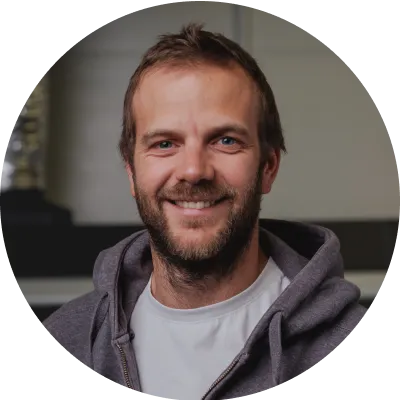Process optimization is a concept that has been permanently introduced into the everyday vocabulary of managers and engineers, regardless of the size of the company and the industry in which they work. In most cases, it means speeding up work and reducing costs, which is often associated with introducing new Industry 4.0 technology to the company.
3D printing is one such technology. Knowing the needs of manufacturing companies, we have created our offer in such a way as to comprehensively respond to a whole range of their challenges.
This article will describe how we support companies throughout the entire part ordering stage – from the initial need to the finished product.
Why is ordering spare parts such a big problem for manufacturing companies?
Regardless of whether we are talking about spare parts, format parts, grippers, or even housings and other elements of finished products, the most common ordering problems concern:
- Cost of parts
- Order processing time
- No possibility of modifying projects
The cause of these problems is often the supplier of the parts itself, i.e. often the manufacturer of production machines. In most cases, the production of spare parts is an additional service for those kinds of companies, which is not of great importance for the business, which leads to high costs and cumbersome processes. Unfortunately, the companies that need those parts become victims of that.
Another reason is technological issues, i.e. resulting from the method of creating parts. We are mainly talking about cutting or injection technologies. In both cases, 3D printing can provide a number of advantages related to cost, implementation time, and design freedom. We describe more about technological problems in creating spare parts and how 3D printing solves them in the article:
How does Cubic Inch combine several services into one seamless process?
Perennial cooperation with large production companies helped us create an efficient procedure that allows companies to quickly implement 3D printing.
It became a simple process that starts with 3D scanning of parts and ends with systematic deliveries under the just-in-time manufacturing model. Additionally, thanks to this technology’s possibilities, we enable far-reaching improvements in company processes and additional savings.
Below, we describe an example process, including its benefits:
1. Scanning items
In most cases, the first step is to create precise 3D models of the parts needed, as companies rarely have them. In such a situation, we receive sample items from customers and scan them, obtaining models that suit them with 0,1 mm accuracy.
2. Introducing modifications and improvements to the project
3D printing is an additive technology, meaning parts are created by gradually adding material. This method offers much wider design possibilities and allows for large savings if the parts were previously created using a different technology – e.g. machining. What exactly are we talking about?
3D printed parts may, for example, be hollow inside. This is impossible with competing technologies and is much cheaper because less material is used. We achieve a similar result using the so-called structure. honeycomb instead of solid material.

Another advantage is the ability to create more complex geometries and add threads, inserts, logos, and other details that cannot be achieved with other technologies. This also allows you to create parts in one process that would otherwise have to be made separately and then joined together. This additionally saves time and resources required for installation.
3. Finishing the element
Depending on the customer’s needs, we offer several finishing options for the elements. It could be:
- Staining
- Vibration abrasive machining
- Chemical treatment
- Installation of inserts
4. Delivering parts to the customer and creating a delivery schedule as part of the virtual warehouse service
Another cost we eliminate as part of our service is the storage of parts and the need to freeze funds. We enable customers to create an accurate parts delivery schedule so that they receive exactly the number of parts they need on the dates they choose.
Additionally, we always maintain a production buffer so that in the event of an emergency, we can provide customers with the necessary parts and avoid the risk of production downtime.
Ordering replacement parts can be a quick and painless process
Cooperation with large production companies allowed us to closely understand their needs and greatest pains. Our service responds to these needs, and each subsequent fruitful cooperation proves how effective 3D printing can be in modern production companies.
If your company is also struggling with spare parts orders, contact us.


